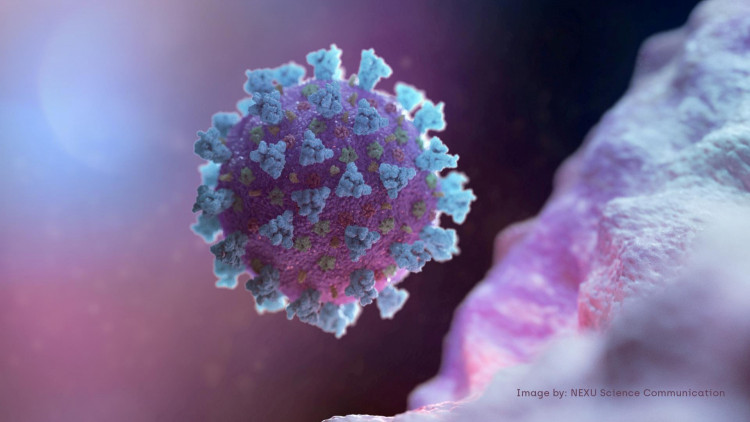Hundreds of scientists say there is strong proof that the new coronavirus can infect people in tinier particles in the air and are now calling on officials of the World Health Organization to change their guidelines, according to the New York Times and other news reports.
The WHO had said that the disease spreads mainly through tiny droplets from the nose or mouth from person to person, that are expelled through sneezing, coughing or even speaking with a person infected with COVID-19. Those particles have been largely thought to settle to the ground within minutes from expulsion.
Now, though, a group of 239 scientists and health experts have sent the WHO an open letter, encouraging them to amend their recommendation about how the disease spreads to include airborne transmission. According to scientists, there is evidence that tinier particles can linger in the air for hours and can be a source of infection for COVID-19.
In a letter published in Clinical Infectious Diseases journal, two scientists from the United States and Australia wrote that research has shown "beyond any reasonable doubt that viruses are released during exhalation, talking and coughing in microdroplets that are small enough to remain aloft in the air," Aljazeera News reported. The findings mean that people in certain indoor conditions may be at bigger risk of getting infected compared to previously thought.
The WHO has maintained that the disease is only validated to be airborne during aerosol-producing medical procedures conducted in healthcare settings. It stated the virus mainly spreads through larger respiratory droplets, which do not travel as far, that is why practicing social distancing of around two meters has been strongly recommended.
The authors cited a research that documented the spread of the disease to people at several neighboring tables in a Chinese restaurant, although there was no proof of direct or indirect contact between them, as one example of data that backed the theory that coronavirus is airborne.
Airborne transmission, the study shows, "appears to be the only plausible explanation for several super-spreading incidents investigated which took place under such conditions," CBS News wrote.
The authors recommend measures like opening windows and doors to increase the flow of air in public buildings, using airborne infection controls like exhaust, air filtration, and germicidal ultraviolet lights, and avoiding overcrowding in public areas, the report added.
Whether transported by big droplets that float through the air after a person sneezes, or by much tinier exhaled droplets that may linger on in the length of a room, the virus is borne through air and can infect people when inhaled, the scientists claimed, according to the NYT.






